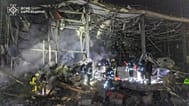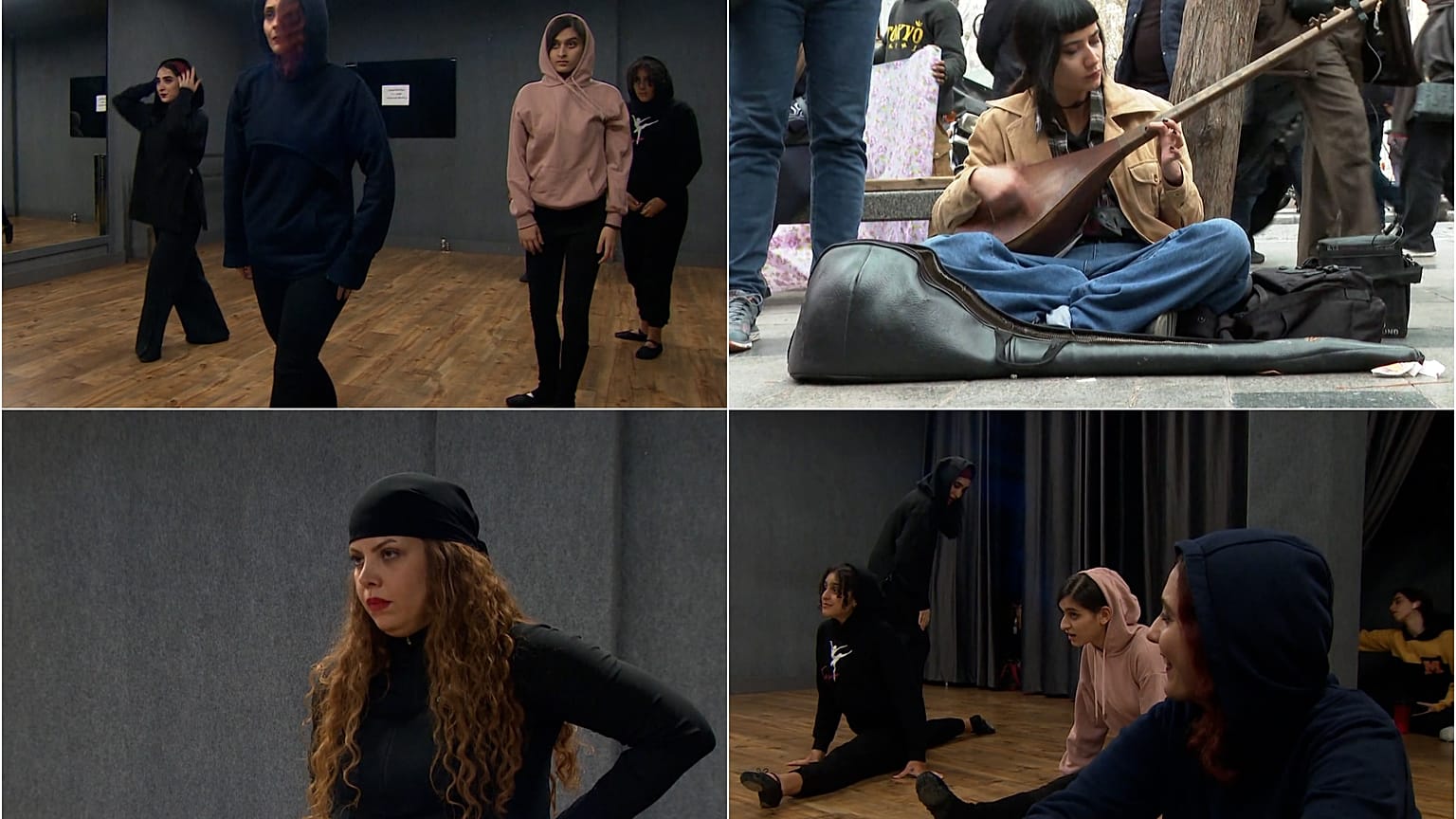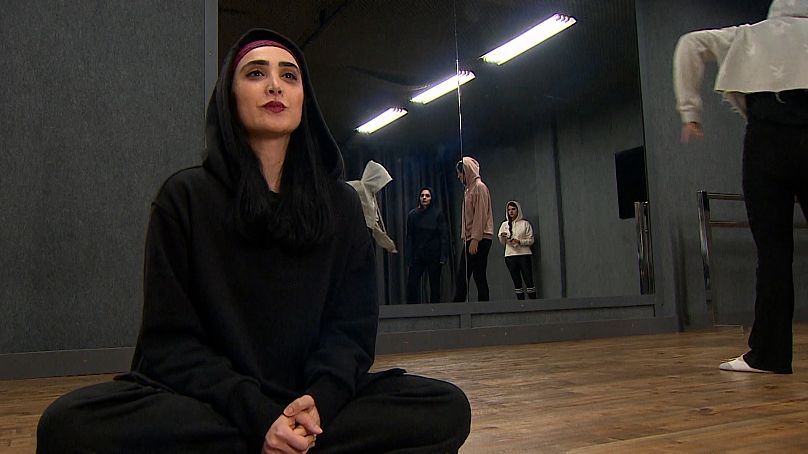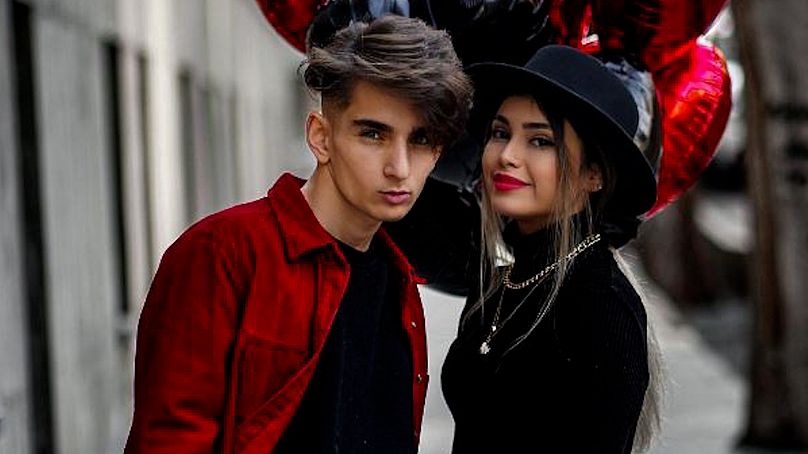In Iran, women are not allowed to dance in public. It's hard to abide by the rules for women dancers in the country. But Boshra and her students are willing to follow their passions.
In Iran, strict laws restrict women's social life in many areas. Even foreign tourists have to cover their heads with a hijab while in public. This has been the trend since the Iranian Islamic revolution in 1979.
Although women are allowed to play instruments, they cannot to dance in a man's presence. These codes of conduct dictated by the government are being challenged by hundreds of young Iranians willing to defy the regime.
At an all women dance studio in Tehran, the atmosphere is like an oasis, safe from the restrictions barring women from dancing in public. Yet still, Boshra, a dancing teacher and a clinical psychologist and her students cover their heads to dance in front of the camera. The coverings limit their movements, but even when performing for women, they must wear wear them.
"Dancing my emotions flow, finally. I want my students to understand that this is a place for peace and to forget the limits that society sets for us," Boshra says.
When asked what the life of a dancer in Iran is like, Boshra explains that it means having no identity.
"It means doing what you love doing while hiding. My father and brothers have never seen me dance because the law doesn't allow it. We are under enormous pressure, but often dancing is the only reason we have to live."
Boshra's wish is to come out of hiding and to be able to dance in the street.
"Dancing... That's how I flow my feelings. I want my students to understand that this is a place for peace where we can forget the limits imposed by society. We are under major pressure but at times, the only reason to live is dancing."
10-year prison sentence for public dancers
In November 2022, An Iranian couple, Astiyazh Haghighi and her fiancé, Amir Mohammad Ahmadi, both in their early 20s, received prison sentences of more than 10 years after appearing in a video where they danced in front of an iconic Tehran landmark.
The young couple was arrested after footage of their romantic tango at the Azadi Tower went viral, with Ahmadi at one point elevating his partner in the air.
The couple was already popular on social networking sites in Iran at the time of the incident, and the video had been heralded as symbolic of the country's protest movement against the hijab and wider restrictions.
Women's rights and Mahsa Amini protests
The Mahsa Amini protests began after her death on 16 September 2022. As of February 2023, the protests are still ongoing.
Amini had been arrested by the guidance patrol for allegedly violating Iran's mandatory hijab law by wearing her hijab "improperly" while visiting Tehran from Saqqez. According to eyewitnesses, she was severely beaten by guidance patrol officers. This is denied by Iranian authorities. Amini later died in police custody.
As the protests spread from Amini's hometown of Saqqez to other cities in Iranian Kurdistan and throughout Iran, the government responded with widespread Internet blackouts, nationwide restrictions on social media usage, tear gas, and gunfire.
Although the protests have not been as deadly as those in 2019 (when more than 1,500 were killed), they have been "nationwide, spread across social classes, universities, the streets [and] schools", and called the "biggest challenge" to the government of Iran since the Islamic Revolution in 1979. At least 488 people, including 64 minors, had been killed as a result of the government's intervention in the protests, as of 27 January 2023.





















